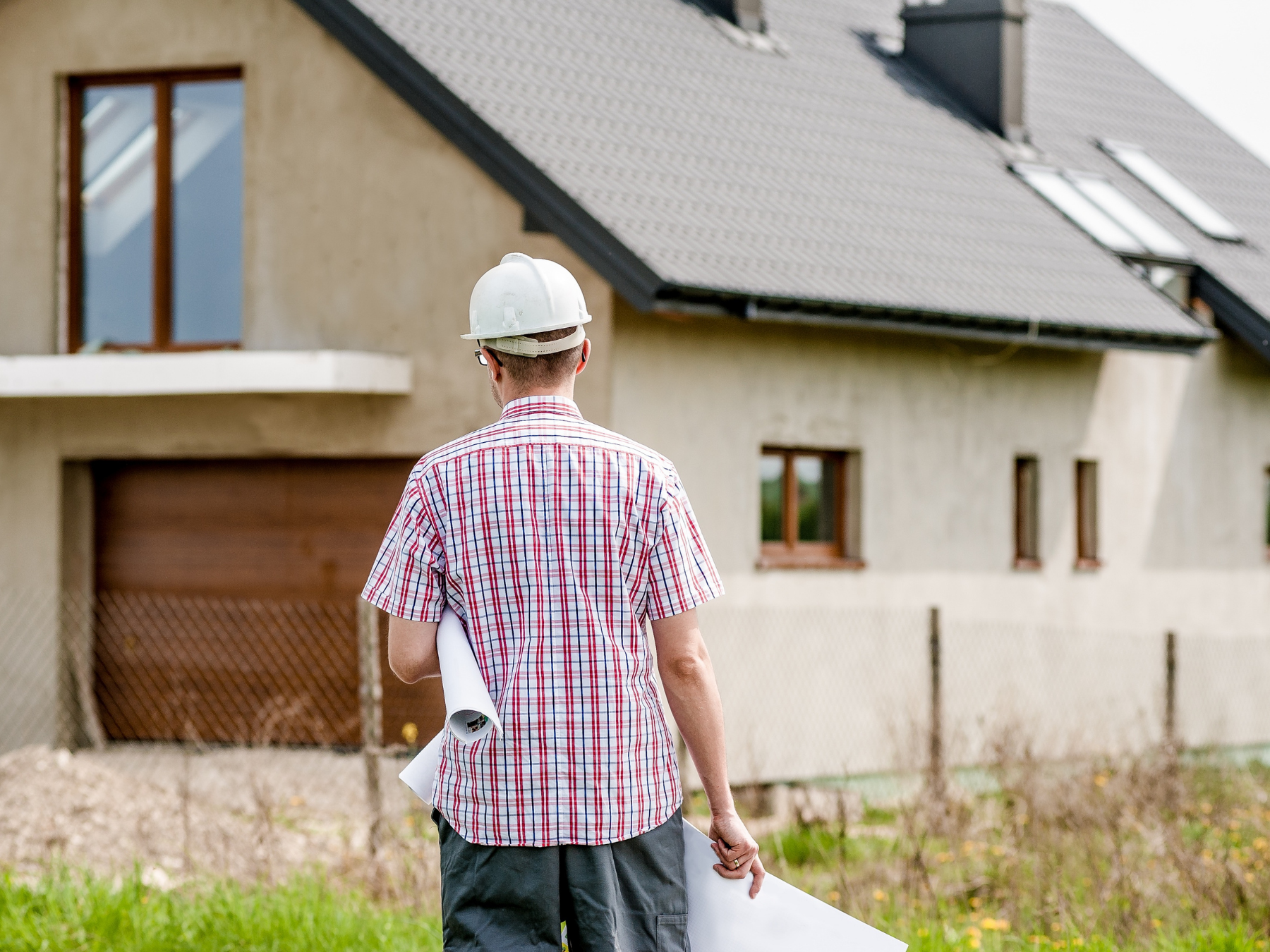Building homes stands to be the best sophisticated strategy for investors looking to expand their portfolio and ultimately create more wealth. However, there are many aspects to be considered in property, including the quality of the build itself. What are the common issues in a new build, and how can investors protect themselves from them?
Going through a series of building inspections remains a critical step in establishing new builds that will secure wealth for investors. House Inspect Australia’s Litsa Adamou, South Australia’s first female building inspector, tells us more.
Common Issues with New Property Builds
There are many things to check for during the build process, however some issues are more common than others.
Lack of Structural Integrity
Common issues in a new build typically spring up at the frame stage. Often, inspectors find something not adequately supported or done in accordance with the development plan. The building is also compared to the Building Code and general Australian standards.
“Framing is critical, we always tend to find, even if it’s a small thing. Because when it’s about framing and structural integrity, it’s never just a small thing,” Ms Adamou highlighted.
Incomplete Waterproofing
Another common issue that encountered during inspections lies in waterproofing and bathroom-building. Since water travels fast, if waterproofing that isn’t well undertaken can cause problems. Water leaks later down the track mean the property owner may have to arrange to have walls replaced.
Leaks in Roof, Guttering or Brickwork
With good building inspectors, investors can also expect thorough inspections of brickwork, roof and guttering throughout the different stages of the building process to make sure that there will be little no possibility of leaks or even vermin coming through the property.
Cosmetic Issues
In the end, during the completion inspection and pre-handover walkthrough, the inspector and investor should only be finding small cosmetic issues, such as a bit of paintwork that needs fixing, a minor misaligning of cupboards or a small dent on the wall.
“It’s all perfectly normal at the end of your build to still have those few little items that your builder needs to polish up on. We expect all that. And the good thing is we document everything. That goes back to your builder and they have to fix those issues. It’s within the Code and the tolerances and the standards,” Ms Adamou said.
How Are Issues Solved?
An issue cannot be solved unless it is discovered, so the first step to ensuring a good quality build is employing a professional building inspector to complete your inspections. Trained and experienced, a good building inspector will pick up on issues that you, and even the builders wouldn’t otherwise notice.
The builders are then expected to correct any issues found throughout the build process, no matter how minor. Reliable builders also offer a three-month warranty period, which is an additional inspection checkpoint following the handover and tenants moving into the property. This inspection, as it is much later in the piece, can also prove to be critical as some issues may only be visible once the property has been occupied for a considerable amount of time.
Hazardous Materials
In any build, there can be hazards that have the potential to harm the future tenants of the property. These can include, but are not limited to, asbestos, mould, gas leaks, or other hazardous materials. If left unnoticed, these issues can have long-term effects on the health of the residents of the property.
Common Building Inspection Mistakes by Investors
Not Hiring a Professional Building Inspector
Many investors feel they can inspect a property themselves. However, passing up on the chance to have professionals inspect the property before handover is one of the biggest mistakes to make.
Ms Adamou said: “You really need qualified eyes to look at the property, and that’s why we pride ourselves with all our licensing and insurances. We are licensed as general builders so we know all aspects of building, from start to finish… In terms of insurance, we’re fully covered, for yourself, for ourselves and the people on site.”
In addition, with a busy lifestyle and, often, a portfolio full of assets, investors usually don’t have the time to go and see their properties individually, making a group of reliable professionals all the more critical to their long-term success.
Not Getting a Separate Pest Inspection
Property investors often assume that pest and building inspections are one and the same. This can lead to foregoing one or the other. However, building inspections are done to find major structural defects and other safety hazards in the property. Pest inspections focus on finding timber-destroying organisms like termites, fungal decay and borers.
Skipping either of these inspections could mean damage to the property in the future. Subsequently, this means, more financial strain for the investor.
The Benefits of the Building Inspection Process
Failing to identify and address problems, especially at the beginning of the build, could cost investors a lot of time and money in the future, making the investment counterproductive due to the costs of repairs and maintenance.
“It’s important to pick [issues] up. Then your builder can just call the relevant tradespeople back to just fix it right then and there. If it gets later down the build or even never uncovered, it will present problems in the future,” said Ms Adamou.
A good quality rental manager, must follow a strict inspection process. Investors can then become aware of and monitor potential defects in the property. Additionally, the inspector may recommend remedies before any major issues arise. They will also help determine the fine line between a building defect and typical wear-and-tear.




